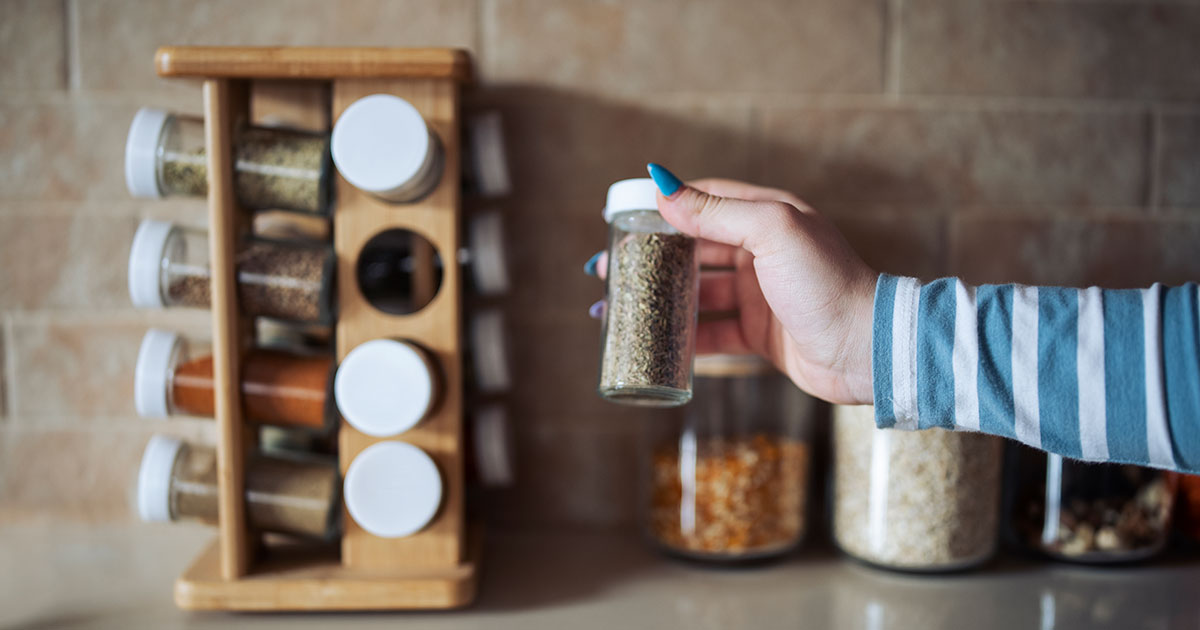A Dash of Disruption: These Startups Are Redefining the Global Spice Market
Chew on these two facts: the annual global market for spice and seasonings is a mouth-opening $35.4 billion (about $10 billion in the US alone), and just a handful of companies dominate the US spice sector led by Maryland-based McCormick with over $6 billion in revenue and a presence in just about every US supermarket.

The New Wave of Spice Startups
A rising number of startup companies are out to eat McCormick’s lunch, and they are doing it by reimagining the global spice business model.
Farmers — although their crops are the essence of the spice business — have traditionally played a minor role. Middlemen wholesalers purchased vast quantities of spice from the farmers, and these spices would often sit in warehouses for months or even years.
A fact about spices: they don’t go bad, but they do lose flavor over time. That’s the marketing thrust seized by the new spice companies which deal directly with farmers, eliminate middlemen, and they shout out the key advantage of their spices.
“Our spices are fresher,” said Keith Alaniz, a founder of spice company Rumi Spice. “The average spice in supermarkets is around 10 years old,” said Alaniz.
Now add another fact: many discovered they liked to cook during the pandemic. Meanwhile, between food shows on cable and streaming services and a blizzard of food-related videos on TikTok and Instagram, many home cooks began to take a hard look at the ingredients they use. And quite a few have begun experimenting with new spice vendors that promise tastier flavors.
The one place you usually won’t find the new spices is in the big grocery chains. But they are in many other places. Burlap & Barrel, for instance, says it can be found on the shelves of Whole Foods in the Northeast and in Williams-Sonoma stores. Bala Sarda, founder of VAHDAM, an India-based spice and tea company, said his products are in Sprouts, a Whole Foods competitor, and Stop & Shop, a northeast supermarket chain. Rumi Spice is in Whole Foods, and it also has an active restaurant sales effort that has landed some of the nation’s most prestigious restaurants, such as the French Laundry in California, which is often said to be the best restaurant in the nation
As for how Rumi Spice got into French Laundry, Alaniz said it was easy: “We do side-by-side comparison tasting of our spice versus what they now are using. We usually win.”
Keep that in mind: the real proof of the higher quality of the spices from the startups is in the tasting. When in doubt, do your own side-by-side with any of the McCormick spices — just buy a spice bottle at Whole Foods or Sprouts and taste the difference.
Don’t shop at Whole Foods or eat at the French Laundry? No problem — central to the marketing of every new breed spice company is an online direct-to-consumer channel. Amazon is a constant for Burlap & Barrel, VAHDAM, and Rumi Spice. They also have their own DTC websites: Burlap & Barrel, VAHDAM, and Rumi Spice.
Prices generally run two to three dollars more per bottle — but how many spice bottles do you or whoever cooks in your household empty in a year? Right, not many. If the food tastes better — and these spice merchants insist it will — many cooks will believe it’s worth the small increase in cost.
Empowering Farmers and Revitalizing the Supply Chain
Remember, too, this new generation of spice companies isn’t focused on selling the most. They want to sell the best. “We sell the world’s best cinnamon,” said Ethan Frisch, co-CEO and co-founder of Burlap & Barrel. VAHDAM’s Sarda believes his company sells the best turmeric, a spice that’s distinctly yellow and is in many Indian dishes but, said Sarda, bulk turmeric often is colored with food dye, and it may also have pesticides; VAHDAM’s has neither. And at Rumi Spice, Alaniz says that his company’s Afghani saffron — a pricey spice common in Spanish, Indian, and Iranian cooking — is the world’s best.
Key to these claims of excellence are the farmers used by the companies. Their search sometimes is global. Frisch, for instance, raves about his company’s black pepper — “we get it from farmers in Zanzibar; it really is the world’s best.” But that’s one source for the company, which nowadays uses farmers in 25 countries. Down the line of the spices sold by Burlap & Barrel, there always is a farmer that and, in many cases, the company wins the farmer’s loyalty because “we pay top dollar,” said Frisch.
Sarda does similar in India, and, he says, by flattening the supply chain — eliminating middlemen — it gets easier to deliver fresher spices to consumers and also to “make a difference in the lives of our farmers.”
That making a difference in the lives of farmers lies at the creation of Rumi Spice, which was founded by three US Army veterans who had done tours in Afghanistan and had realized that Aghani saffron is an exceptional spice, but the farmers were frustrated with their efforts to bring it to global markets.
A light bulb clicked for the three: they could import the spice into the US. More spices have been added to the line up, but Afghanistan remains at the center of Rumi Spice’s sourcing. “We support 10,000 lives in Afghanistan,” said Alaniz, who added that so far, the company’s operations have not been impacted by the US pullout. “We are operating as smooth as ever in Afghanistan. It’s a pleasant surprise.”
Alaniz added: “We are laser-focused on providing an income to our farmers in Afghanistan. We support 10,000 lives there.”
Joining the Spice Wars
Here’s the best part of this story. If you like what you are reading, just maybe you too can join the spice wars. Right now many new spice companies are leveraging local sources and online marketplaces such as Amazon to launch new brands. Fly by Jing, for instance, specializes in Sichuan spices from China. New York Shuk focuses on Middle Eastern flavors. Kitchens of Africa sells flavors from that continent. That’s just three of what has become dozens of startup spice merchants. Zero in on a nation or a region with especially tasty food, and there just may be a market opportunity in bringing those ingredients to the US.
Customers are waiting. By 2030, the global spice market is projected to reach $58 billion — that’s a lot of opportunity, and it is there to be grabbed.
About the Author

Robert McGarvey, a veteran journalist who has long covered startups and small businesses, created and hosts the CU2.0 Podcast for credit union and fintech executives which is at 120 episodes and counting.
Startup Resources
- Learn more about Startups
- Visit the TRUiC Business Name Generator
- Check out the TRUiC Logo Maker
- Read our Business Formation Services Review
- Find Startup Ideas
- Explore Business Resources
Form Your Startup
Ready to formally establish your startup? Click below to read our review of the best business formation services!
Best Business Formation Services